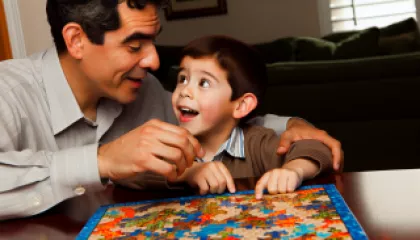Mastering Creative Therapy: A Comprehensive Guide
1 anno fa
Terapia Creativa
The world of therapy is as vast and varied as the individuals it seeks to help. Among its many branches, one stands out for its innovative approach and transformative potential: Creative Therapy. This therapeutic discipline employs art, music, dance, drama, writing, and other forms of creative expression as conduits for healing and personal growth.
5 Steps to Managing Compulsive Behaviors Effectively
1 anno fa
Comprendere i Comportamenti Compulsivi
Understanding compulsive behaviors is essential, not only for those who are dealing with such habits but also for anyone interested in human behavior and mental health. In this article, we will delve into the subject of compulsive behaviors, explore their origins, and present a comprehensive guide to managing them effectively.
5 Key Strategies for Effective Positive Parenting
1 anno fa
Genitorialità Positiva
Parenting is often a balancing act and navigating through it can sometimes be challenging. Positive parenting, a popular approach that focuses on encouraging good behavior in children rather than punishing the bad, offers a way to foster a healthy parent-child relationship. This guide will provide five key strategies that can help you implement effective positive parenting.



